A year of war in Gaza: A timeline of key moments
A year after Israel vowed to wipe Hamas ‘off the face of the earth’ in the wake of the 7 October attack into Israel the conflict has spread across the Middle East
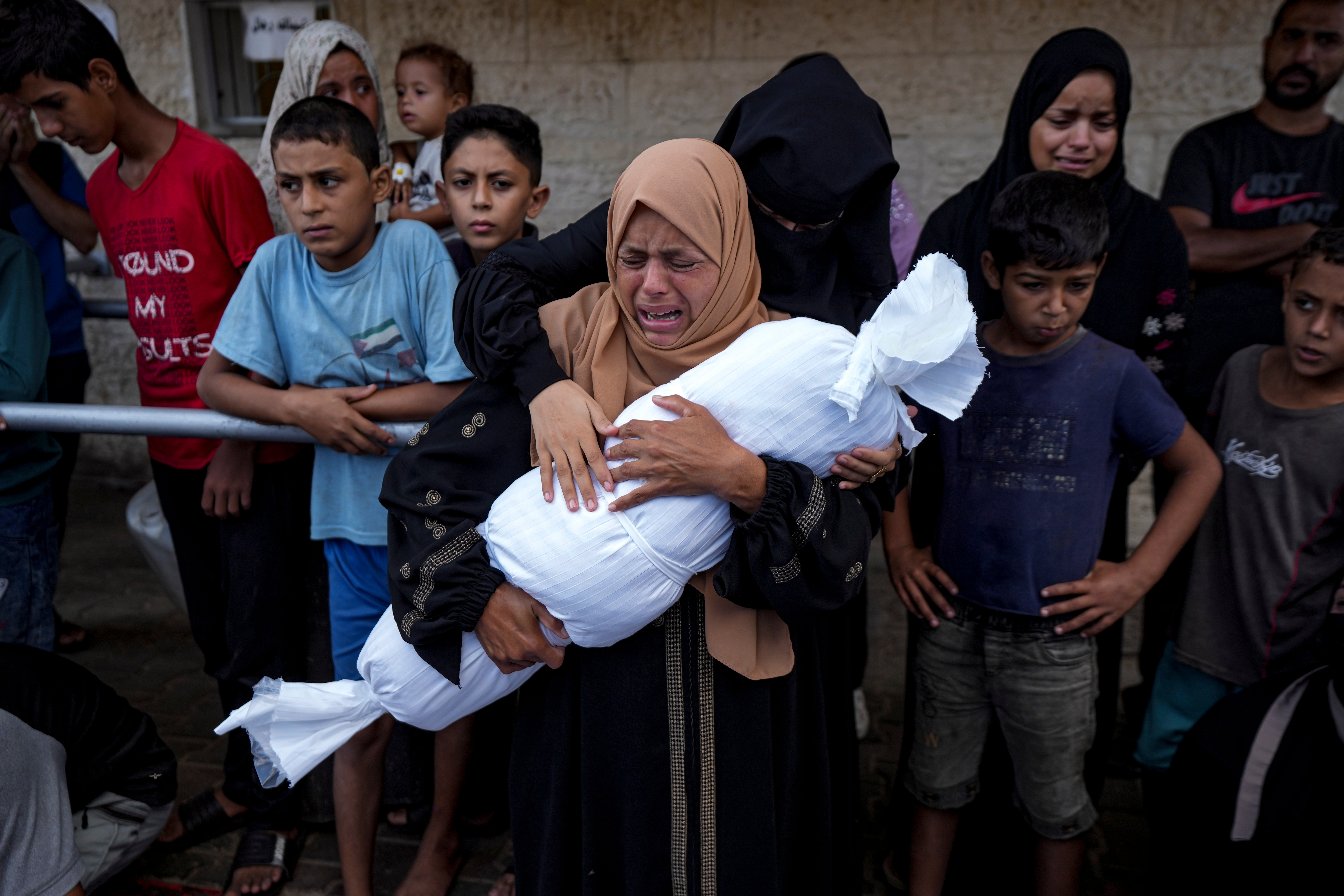
Your support helps us to tell the story
From reproductive rights to climate change to Big Tech, The Independent is on the ground when the story is developing. Whether it's investigating the financials of Elon Musk's pro-Trump PAC or producing our latest documentary, 'The A Word', which shines a light on the American women fighting for reproductive rights, we know how important it is to parse out the facts from the messaging.
At such a critical moment in US history, we need reporters on the ground. Your donation allows us to keep sending journalists to speak to both sides of the story.
The Independent is trusted by Americans across the entire political spectrum. And unlike many other quality news outlets, we choose not to lock Americans out of our reporting and analysis with paywalls. We believe quality journalism should be available to everyone, paid for by those who can afford it.
Your support makes all the difference.One year ago, Israel vowed to wipe Hamas “off the face of the earth” following the group’s terror attack inside Israel that killed around 1,200 people, with another 250 taken hostage.
Since then, the Israeli military has carried out thousands of airstrikes and ground assaults. Around 42,000 Palestinians have been killed according to health officials in the Hamas-run Strip. More than 1.9 million people have been displaced across Gaza.
Israel has also exchanged near-daily cross-border rocket fire with Hezbollah, an ally of Hamas in Lebanon, while the Israeli military has also launched raids into the occupied West Bank and the conflict has spread to Iran, Lebanon, Iraq, Syria and Yemen.
Most recently, Israel launched a ground invasion southern Lebanon after assassinating several key Hezbollah figures, with the conflict threatening to spiral out of control. Israel and Iran – how back Hezbollah, Hamas and other proxies across the region – have also traded missile and drone fire.
Here, The Independent takes a look at some of the most significant moments of the war since it began on 7 October last year.

7 October: Hamas attacks southern Israel
Hamas, which has controlled the Gaza Strip since 2007, invaded southern Israel on 7 October 2023, killing around 1,200 people.
The group broke through the border fence and used paragliders and speedboats to attack Israel by land, air and sea, as gunmen took over Israeli military posts, civilian kibbutzes and a music festival.
More than 250 people, including the bodies of some of those killed, were taken back to Gaza, according to Israeli officials.

13 October: Israel tells over 1m people to evacuate Gaza City
After Israel’s war cabinet ordered a complete siege of Gaza in the wake of the Hamas attack and launched airstikes on nothern Gaza, the Israeli military told residents of Gaza City, where more than 1 million people lived, to move south.
Pictures showed people packing their belongings into cars, onto donkeys and into trucks as they made a perilous journey south to Khan Younis.
Over the course of the next weeks, Israel evacuated most of northern Gaza, beginning a process that was repeated twice more over the next year, with hundreds of thousands displaced in make-shift camps.
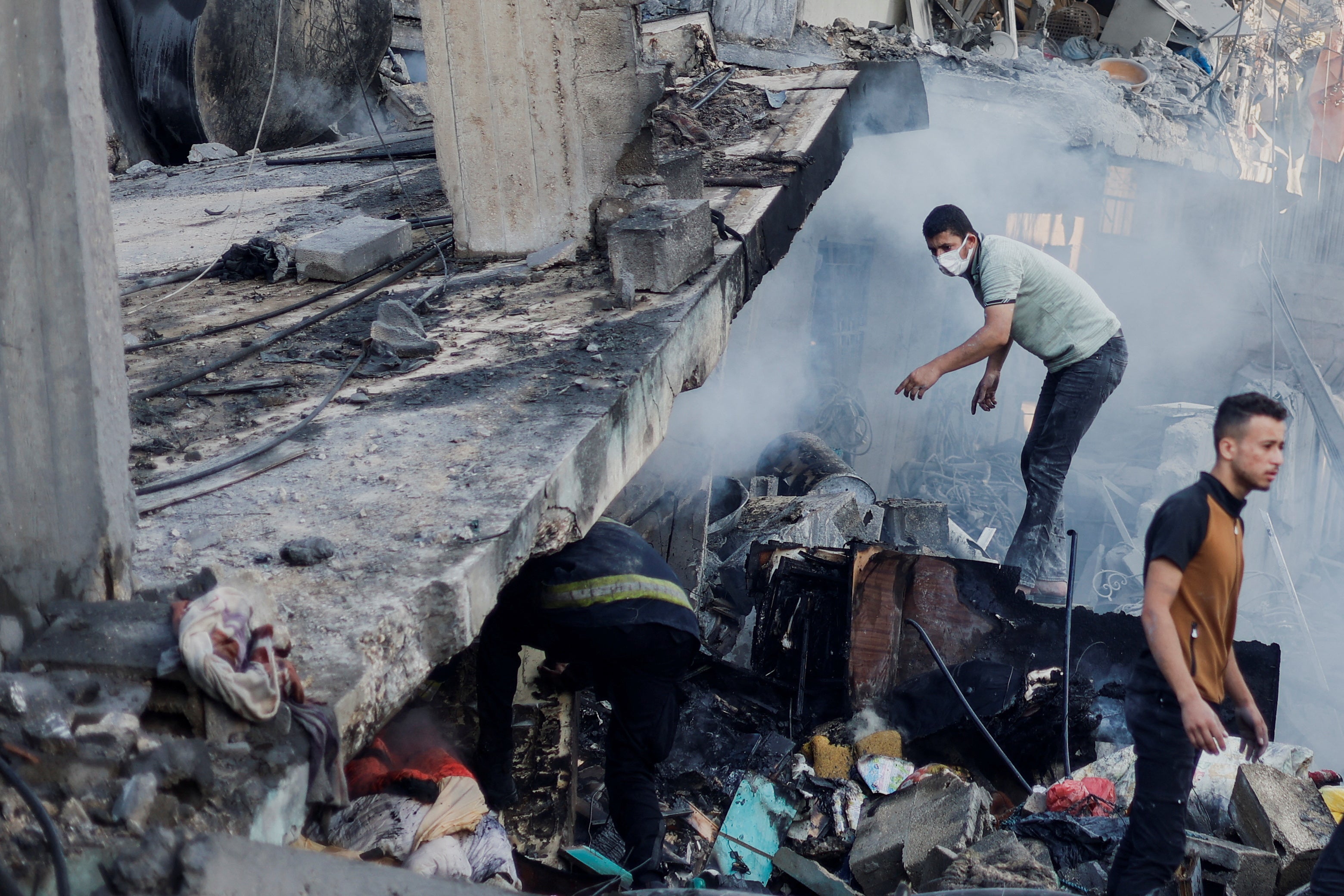
27 October: Israel begins ground offensive
The Israeli military expanded its ground operations despite warnings from the administration of US President Joe Biden that a full-scale assault could cause heavy civilian casualties.
Israeli tanks could be seen rolling into Gaza City - an operation the Israeli military said was necessary to dismantle Hamas’s vast subterranean network of tunnels.
A few days later, evacuations began at the Rafah crossing, from Gaza to Egypt, for thousands of foreign passport holders.
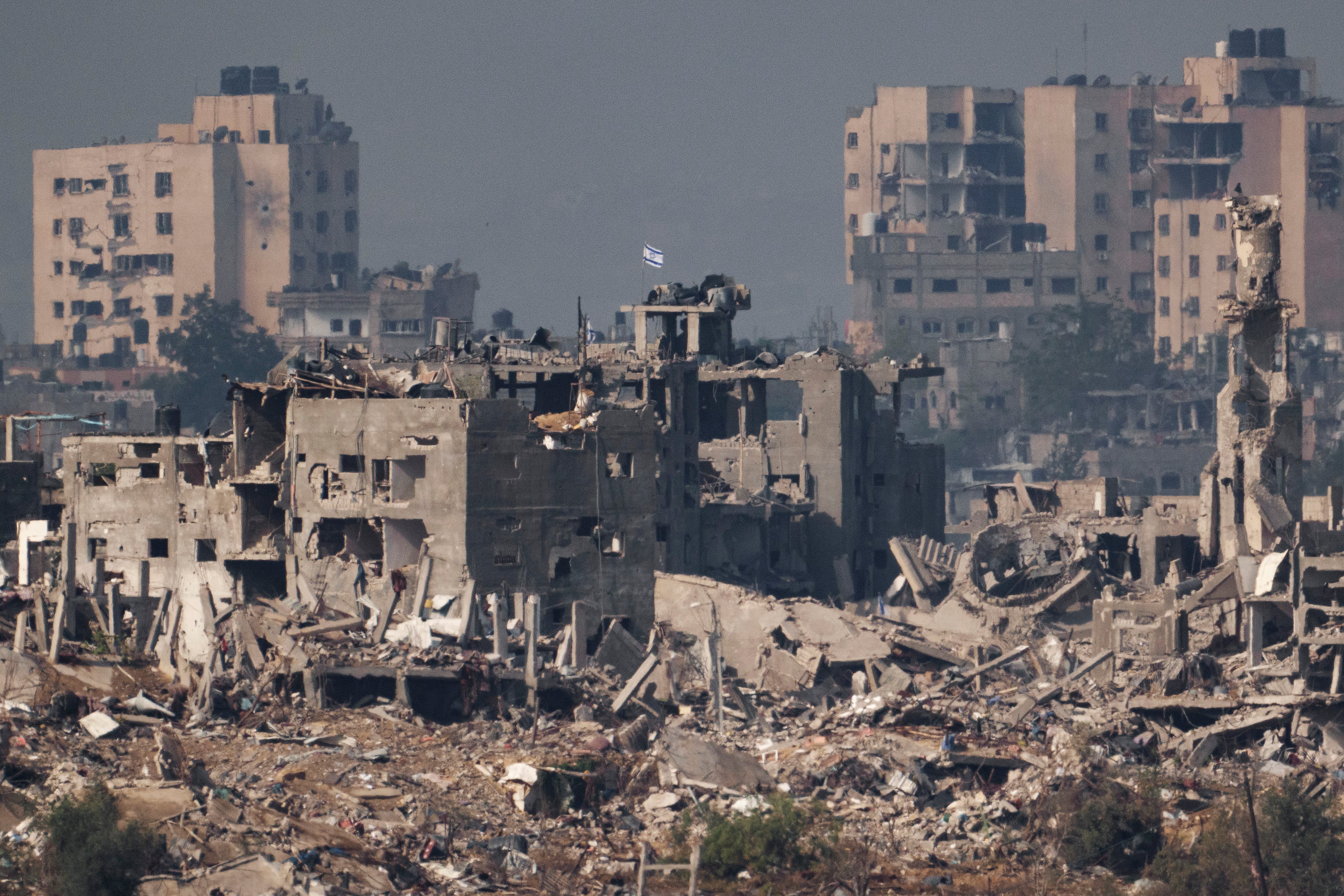
6 November: Palestinian death toll tops 10,000
More than 10,000 in Gaza are killed in the first month of war, according to Gaza’s health ministry. A significant number of the casualties were women and children, UN agencies say.
15 November: Siege of al-Shifa hospital
Israeli troops enter Gaza's biggest hospital, al Shifa, in Gaza City, after a siege lasting several days during which medical staff say patients including newborn babies died from a lack of power and supplies.
21 November: Israel and Hamas announce seven-day truce
Israel and Hamas announce a truce, which will last seven days, to exchange hostages held in Gaza for Palestinians detained by Israel, and let in more aid.
Almost half the 250 hostages - among them women, children and foreigners - are released in return for 240 Palestinian women and teenage detainees.
Israel says it wants only a temporary pause to free more hostages; Hamas says it will free them only as part of a permanent deal to end the war.
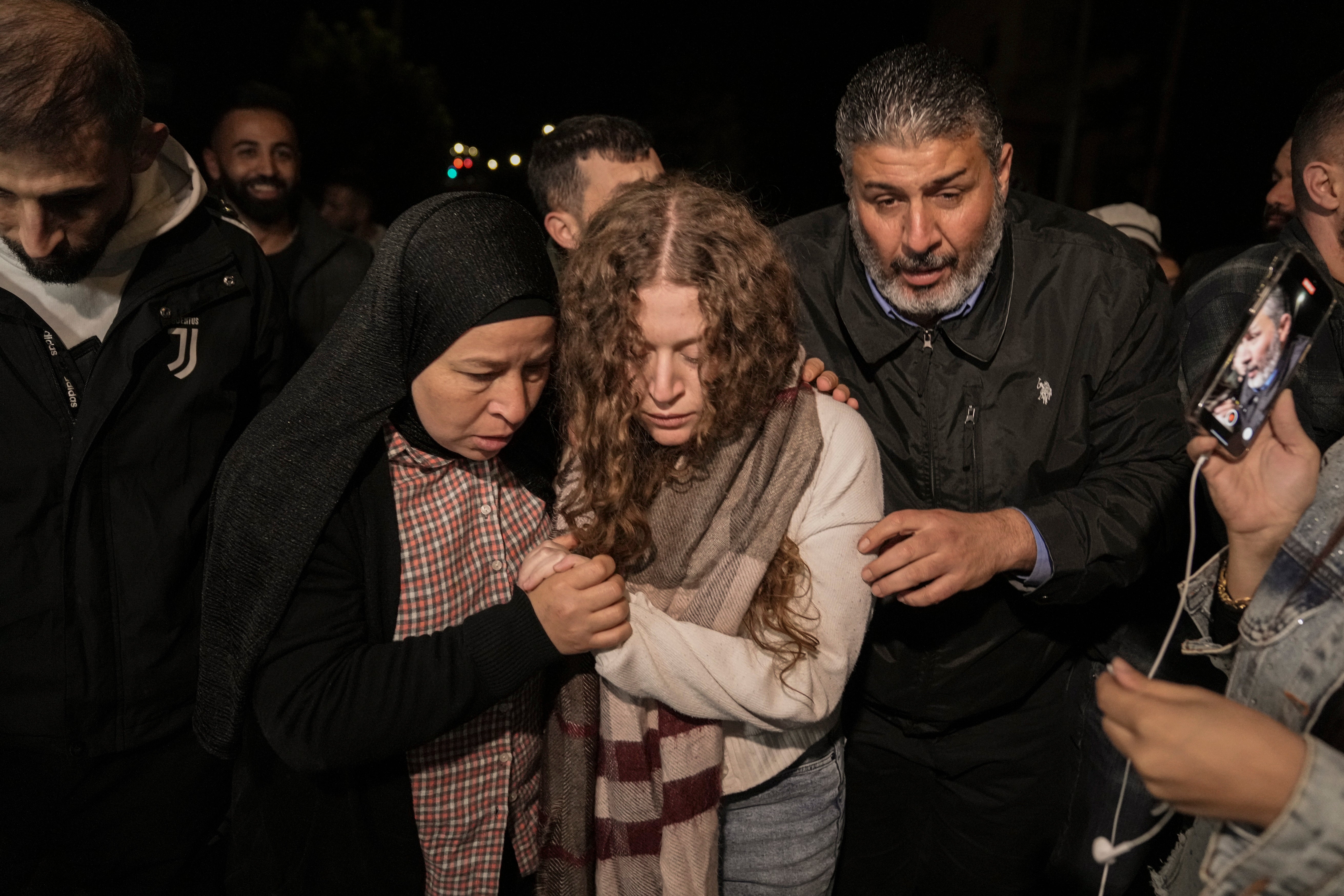
4 December: Israel launches first ground assault on southern Gaza
Israeli forces launch their first big ground assault in southern Gaza, towards the main southern city, Khan Younis.
International organisations say the extension of the war to the entire length of the enclave, including areas already sheltering hundreds of thousands of displaced people, will drastically worsened the humanitarian crisis.
Israel say Hamas leader Yehiya Sinwar, the alleged architect of the 7 October attack, was hiding in tunnels below Khan Younis.
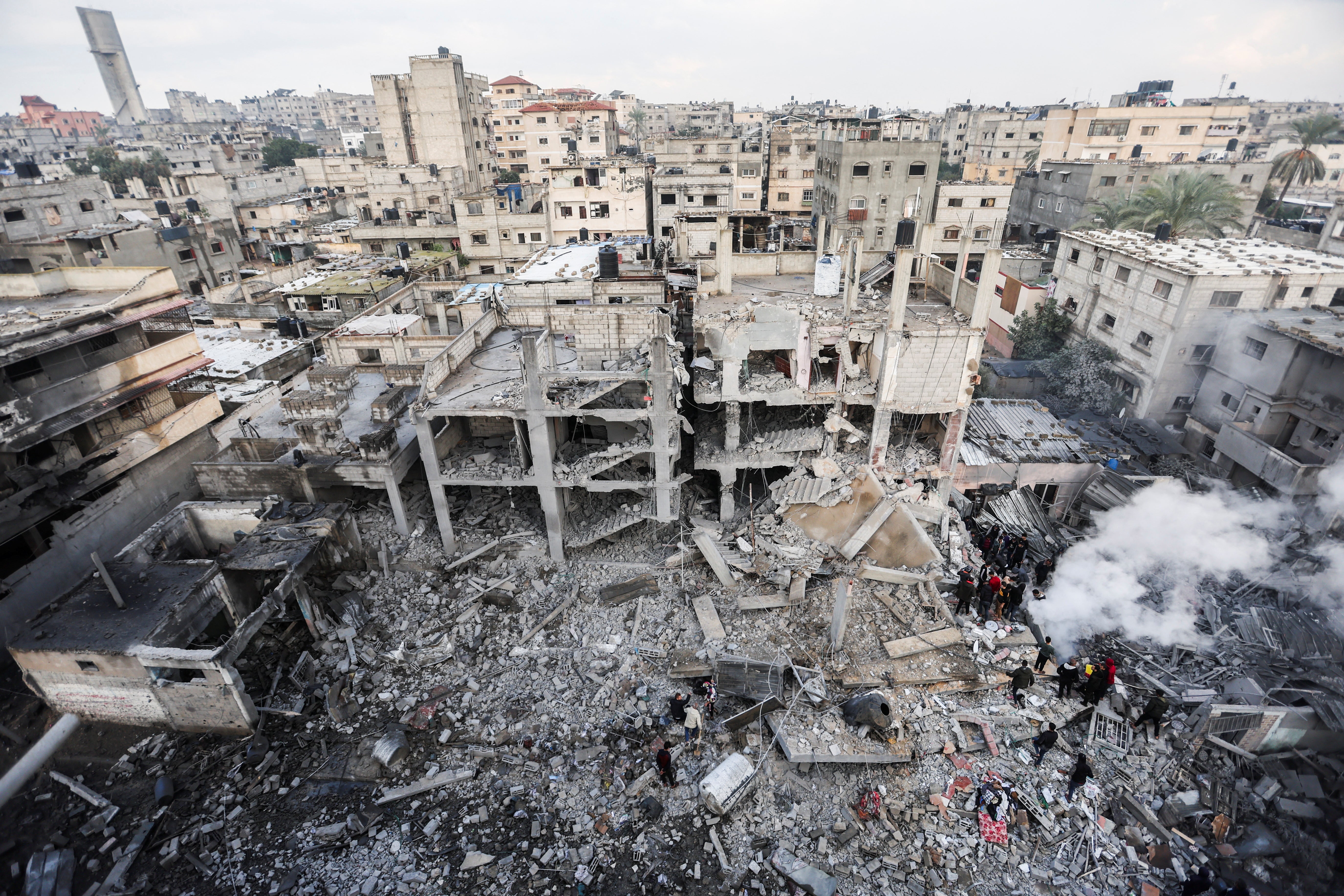
29 February: More than 100 killed in aid convoy chaos
More than 100 Palestinians in Gaza are killed when desperate crowds gather around aid trucks and Israeli troops open fire.
Israel says people died in a crush or were run over by aid lorries, although it admitted its troops had opened fire on what it called a “mob”.
The UN had been warning since the new year that hundreds of thousands of people were facing possible famine in northern Gaza.
25 March: UN resolution calls for Gaza ceasefire
The UN Security Council passes a resolution demanding a ceasefire in Gaza after the US abstains, leading Israel to cancel a high-level visit to Washington.
In the first such demand since the war began in October, the resolution called for an immediate cessation of hostilities for the holy month of Ramadan, of which two weeks remain. A ceasefire does not follow.
1 April: Israeli strikes kill seven World Central Kitchen workers
Israeli airstrikes killed seven World Central Kitchen workers delivering aid in Gaza. The team had clearance from the Israeli military.
President Biden tells Israeli Prime Minister Benjamin Netanyahu that he would reassess US policy if Israel did not immediately address humanitarian conditions and protect aid workers. Israel said it would open more aid routes into Gaza.
Following a military investigation, Israel said the strikes on the aid convoy violated military procedures and were a “grave mistake.” The World Central Kitchen called for an independent investigation.

14 April: Iran launches drones at Israel
Tehran launched over 300 projectiles at Israel in an unprecedented attack on the Jewish strike. Israeli officials said 170 drones, 30 cruise missiles and 120 ballistic missiles were launched.
Iran claimed the barrage was in response to an Israeli strike on the Iranian consulate Damascus, Syria, which killed several Iranian commanders.
Daniel Hagari, a spokesman for Israel’s military, said 99 per cent of the barrage had been intercepted by Israel’s iron dome system.
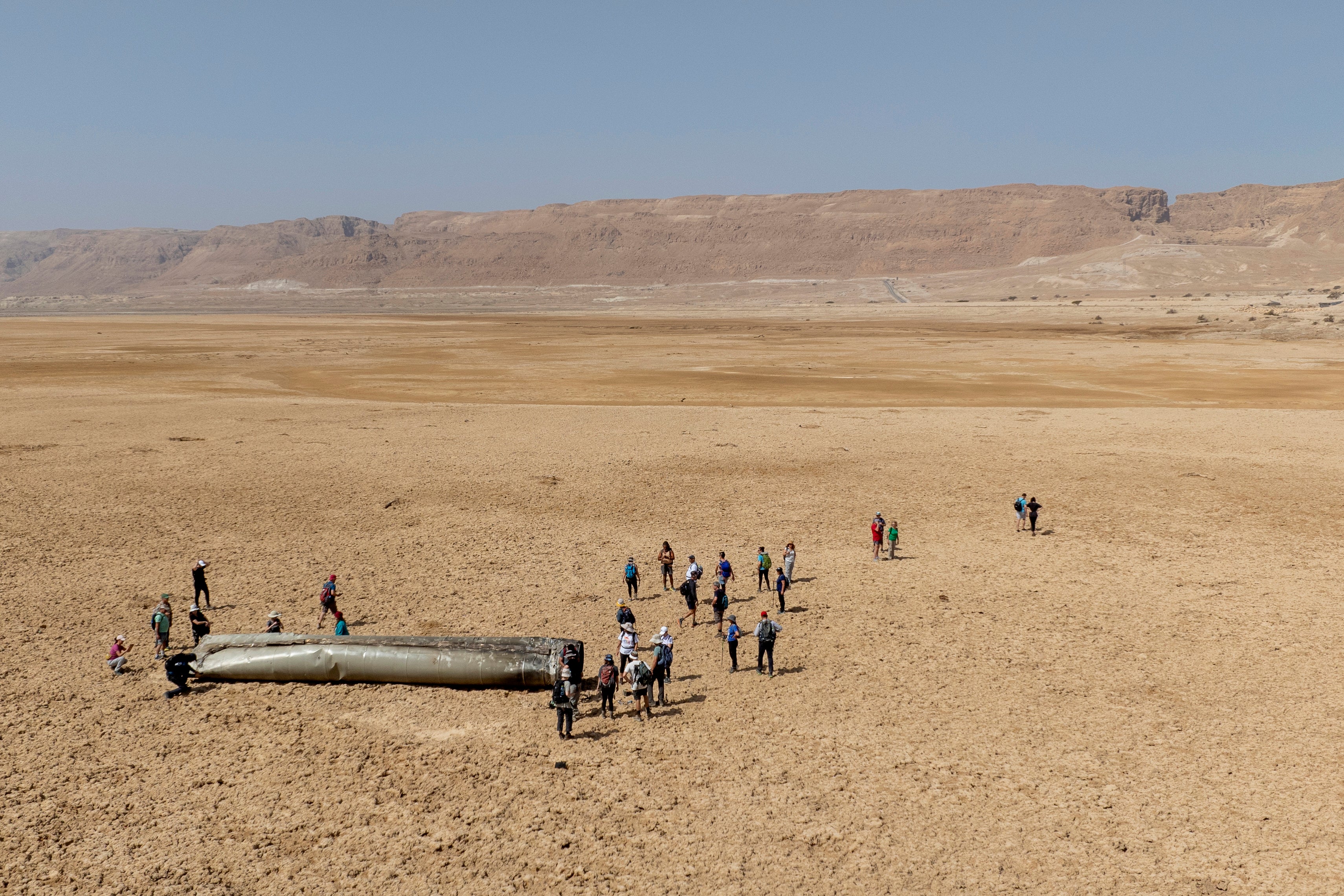
20 May: International Criminal Court issues arrest warrants for Israeli and Hamas leaders
The chief prosecutor at the International Criminal Court (ICC) announced he was seeking arrest warrants for Mr Netanyahu, as well as several Hamas leaders over alleged war crimes.
ICC prosecutor Karim Khan KC issued a statement proposing that arrest warrants should be issued for Mr Netanyahu, Israel’s defence minister Yoav Gallant, Hamas leader Yahya Sinwar, Mohammed al-Masri, Hamas’s military chief, and Ismail Haniyeh, Hamas’s political leader.
It marked the first time in ICC history that a sitting head of state and a sitting defence minister of a country supported by other powerful Western states, including the UK and US, face arrest warrants. Israel denies all the allegations.
Separately, at the UN’s top court, South Africa is in the middle of a legal case against Israel over the war in Gaza, having accused Israel of possible genocide. Israel strongly denies the allegations.
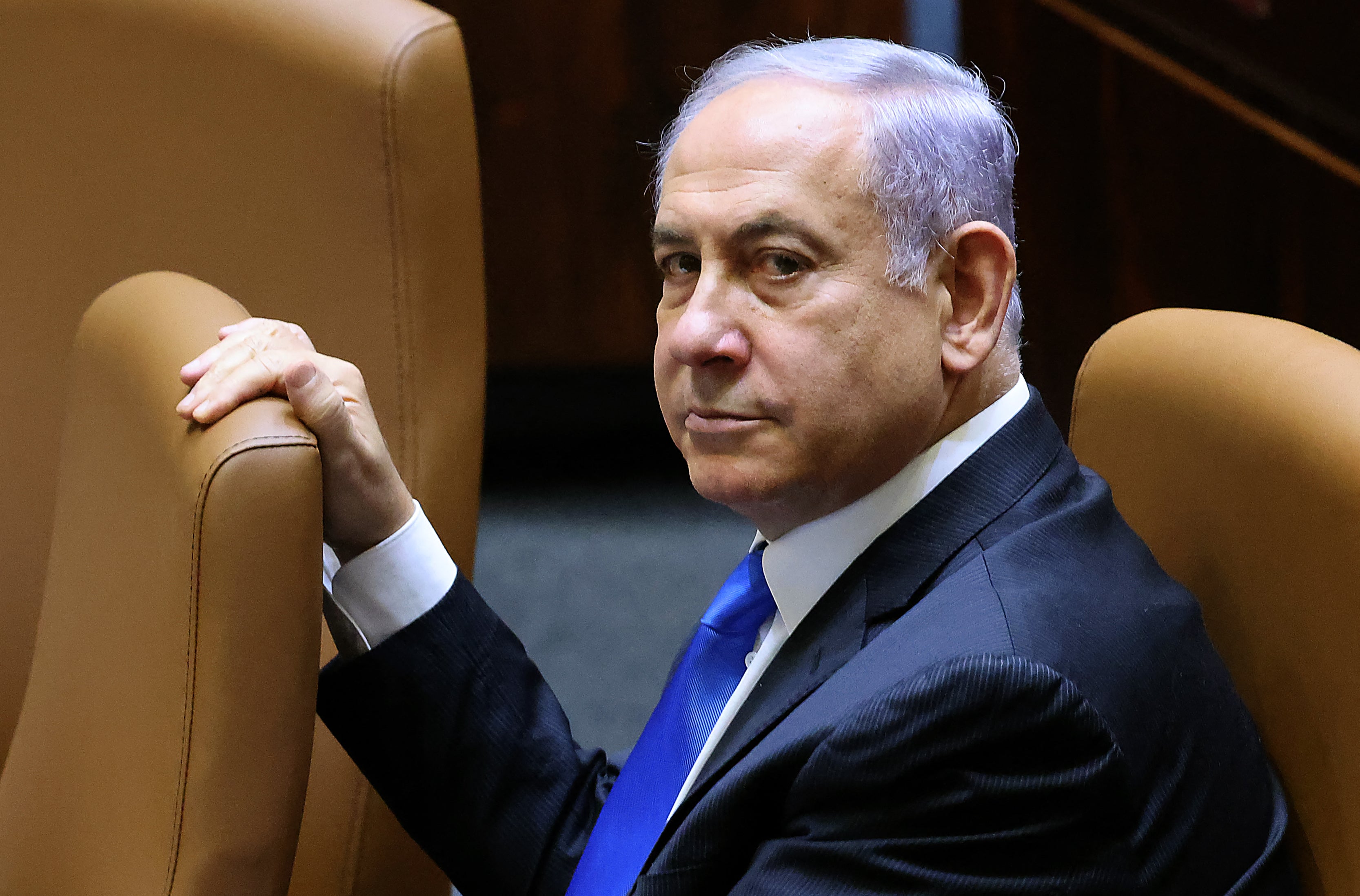
22 July: Israel tells Palestinians to leave Khan Younis
The Israeli military ordered the evacuation of a crowded part of southern Gaza designated as a humanitarian zone.
It said it was planning an operation against Hamas in Khan Younis, including parts of al-Muwasi, a makeshift tent camp where thousands are seeking refuge.
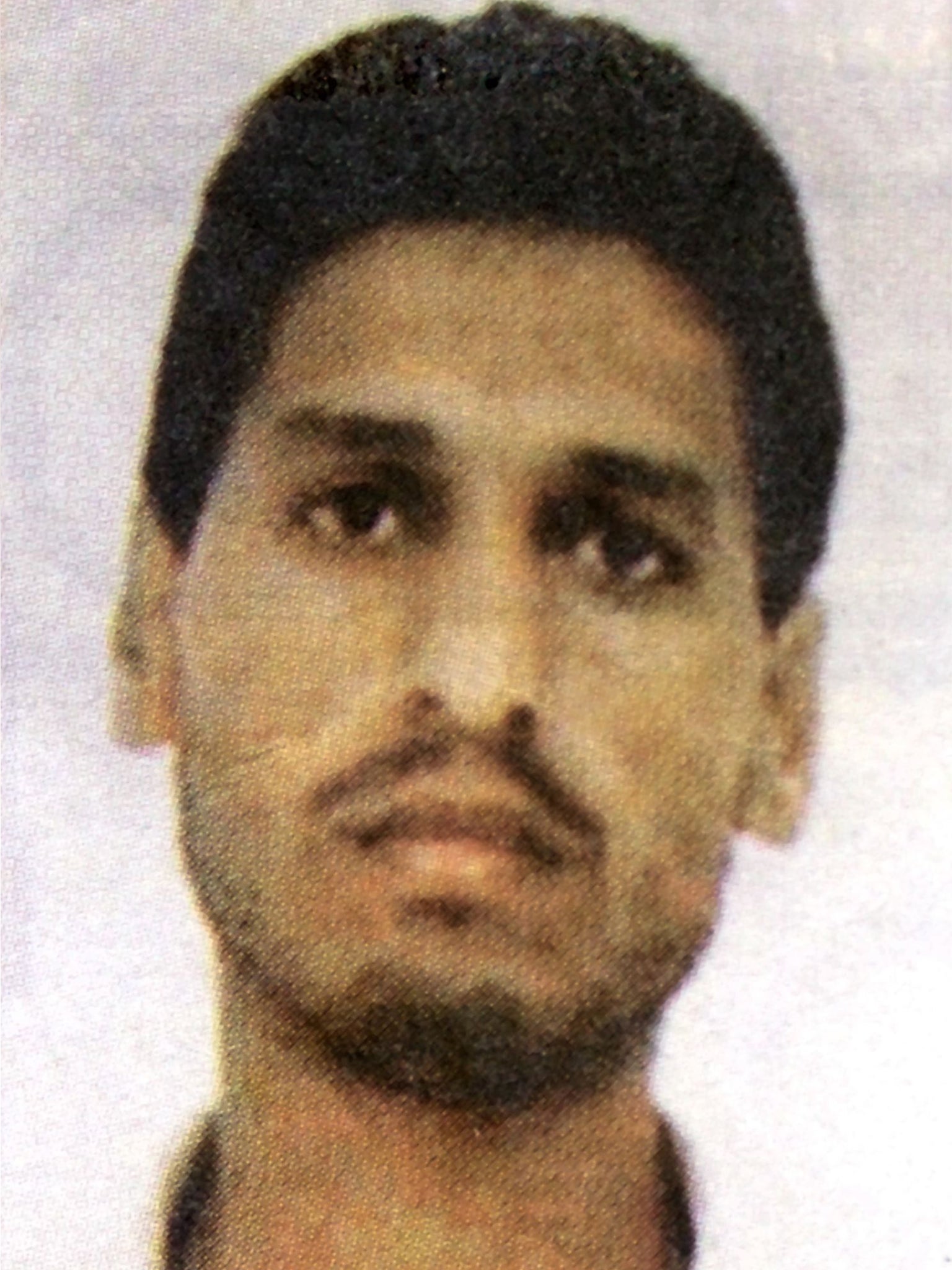
27 July: Golan Heights attack
Mr Netanyahu vows heavy retaliation after a strike in the Israel-occupied Golan Heights kills 12 children.
He blames the Hezbollah group for the rocket, which struck a football field in Majdal Shams. Hezbollah denies having any role in the attack.
Following this, the Israeli military carries out what it says is a retaliatory strike on Beirut and kills Fuad Shukr, a senior Hezbollah commander who Israel says was responsible for the Majdal Shams attack.
31 July: Death of Hamas political chief
Hamas's top political leader Ismail Haniyeh is killed in Iran. Tehran blames Israel.
Iran's Revolutionary Guards said Haniyeh and one of his bodyguards were assassinated in the capital Tehran at around 2am local time, Iranian state media reports.
1 August: Israel says it kills Hamas commander Mohammed Deif
The Israeli military confirmed that the head of Hamas‘ military wing, Mohammed Deif, was killed in an airstrike in Gaza in July.
Israel targeted Deif in a 13 July strike that hit a compound on the outskirts of the southern Gaza city of Khan Younis, but there had been no immediate confirmation Deif was killed.
More than 90 other people, including displaced civilians in nearby tents, were killed in the strike, Gaza health officials said at the time.
17 September: Exploding communication devices
On 17 September, the mass explosion of handheld pagers used by Hezbollah members in Lebanon kills 12 people and injures nearly 3,000, sending shockwaves through the region.
Less than 24 hours later, a similar series of explosions hits walkie-talkie radios used by the group.
As Hezbollah reels from the pager and radio explosions, Israel targets Beirut with a series of attacks and kills the Hezbollah’s long-time leader, Hassan Nasrallah.
30 September: Israeli troops enter Lebanon
Israeli forces cross the border to conduct what they call "limited, localised, and targeted ground raids" against Hezbollah - despite calls from its allies to cease fire.
On 1 October, in an anticipated move, Iran launches nearly 200 ballistic missiles at Israel, according to Israel's army radio, in retaliation for Israel's campaign against Hezbollah.
Israel is continuing its airstrikes across Lebanon, and ground operations in the south.
Join our commenting forum
Join thought-provoking conversations, follow other Independent readers and see their replies
Comments